Discover Family Fun Around The Oxford Center: Top Spots to Explore
Visiting The Oxford Center is a significant step in your loved one’s journey toward recovery and better health. While your family member receives top-notch care, you might find yourself with some time to explore the surrounding area. Whether you’re from out of town or a local resident, there are plenty of fantastic family-friendly destinations nearby. Here’s a roundup of the best places to visit around The Oxford Center, ensuring your family has a memorable and enjoyable experience.
1. Discover Science and Nature at the Ann Arbor Hands-On Museum
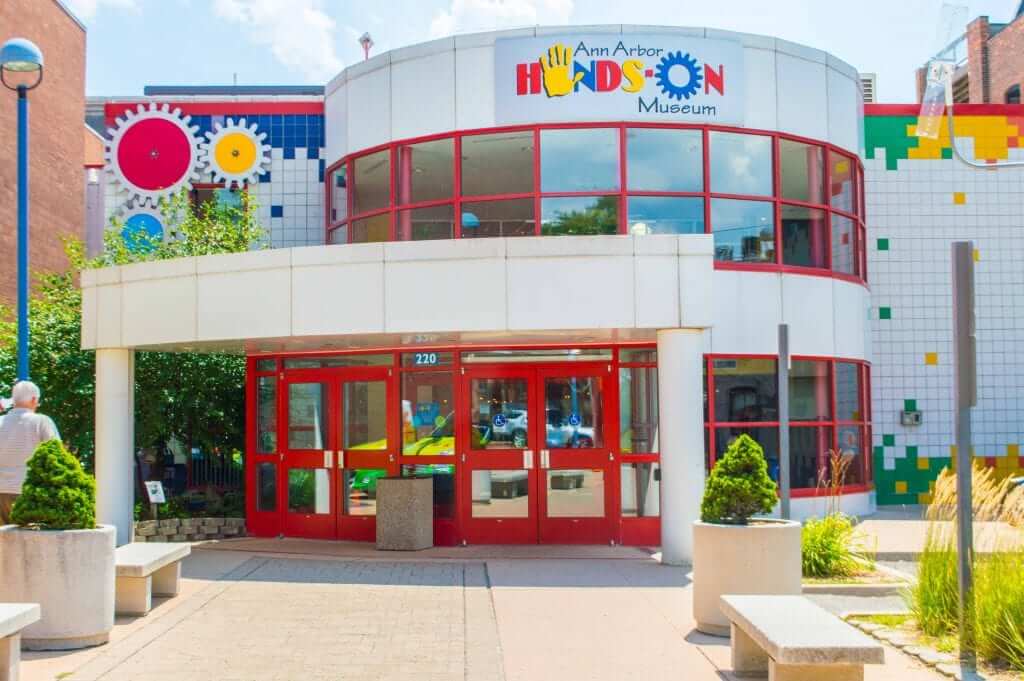
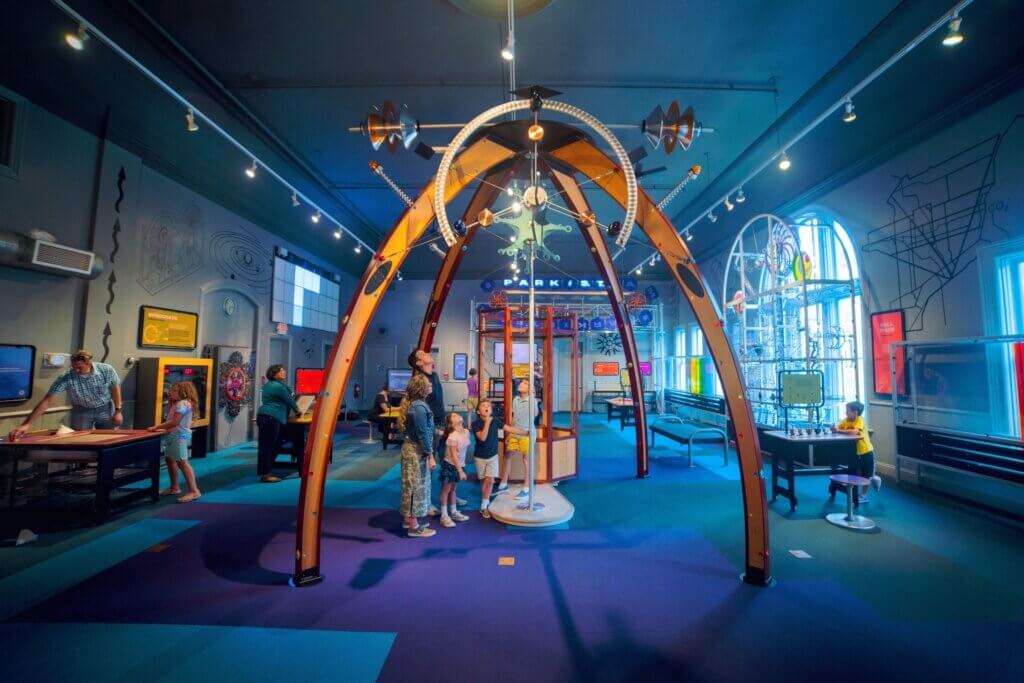
Located in downtown Ann Arbor, the Ann Arbor Hands-On Museum offers interactive exhibits that spark curiosity and creativity in children and adults alike. From the science behind everyday phenomena to the wonders of the natural world, this museum is a perfect blend of fun and education.
2. Enjoy the Great Outdoors at Kensington Metropark
A short drive from The Oxford Center, Kensington Metropark is a vast natural haven. With over 4,500 acres of woodlands, lakes, and prairies, your family can enjoy hiking, picnicking, swimming, and even a farm center with live animals. The park is a fantastic spot for outdoor enthusiasts and those looking to relax in nature.

Another fantastic activity near the nature center is bird-watching. The birds are especially fond of various seeds, including peanuts and sunflower seeds. Don’t miss this TikTok link showcasing the vibrant birdlife in Kensington Park!
3. Visit Local Farmer’s Markets
Exploring local farmer’s markets is a delightful way to experience the local culture and cuisine. Some popular markets include:


These vibrant markets feature an array of fresh produce, artisanal handmade goods, and diverse food stations and trucks, providing an ideal setting for a leisurely morning or afternoon outing.
4. Get Wild at The Creature Conservancy


For an unforgettable wildlife experience, head to The Creature Conservancy in Ann Arbor. This unique zoo is home to a wide range of animals, including exotic species. Educational programs and up-close encounters with animals provide a fun and informative experience for the whole family.
5. Enjoy the Splendor of Livingston County Parks & Recreation
Livingston County Parks & Recreation

Livingston County boasts numerous parks and recreational facilities, offering everything from hiking and biking trails to fishing spots and playgrounds. Places like Kensington Park and Huron Meadows Metropark are great for a day of family fun and adventure.
6. Meet Friendly Animals at the Domino’s Petting Farm


Domino’s Petting Farm in Ann Arbor is a charming destination where kids can interact with a variety of farm animals. From feeding goats to petting rabbits, this farm provides a hands-on animal experience that children will love.
7. Experience Nature at the Howell Nature Center

The Howell Nature Center is an ideal spot for families who love wildlife and the outdoors. The center features a wildlife rehabilitation clinic, hiking trails, and a variety of educational programs. Don’t miss the Alexandria’s NatureScape playground, where kids can play and explore nature-themed structures.
8. Engage with the Community at 2|42 Community Church
2|42 Community Church – Brighton Campus

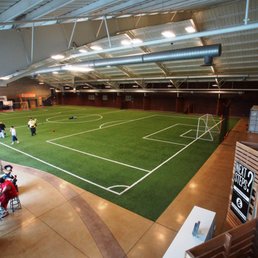
For families looking to connect with the local community, 2|42 Community Church in Brighton offers a welcoming environment with various activities and events. From family-friendly services like music classes and a large indoor to a large playscape area for your family to explore, it’s a great place to meet new people and get involved. Many of these activities can be used throughout the week, outside of regular church services.
Exploring the areas around The Oxford Center can provide a much-needed break and a chance to create wonderful memories with your family. From interactive museums and beautiful parks to wildlife encounters and local markets, there’s something for everyone to enjoy. So, take advantage of these fantastic destinations and make the most of your time while your loved one is in treatment. Feel free to ask our front desk about more destinations to visit while treating at The Oxford Center.





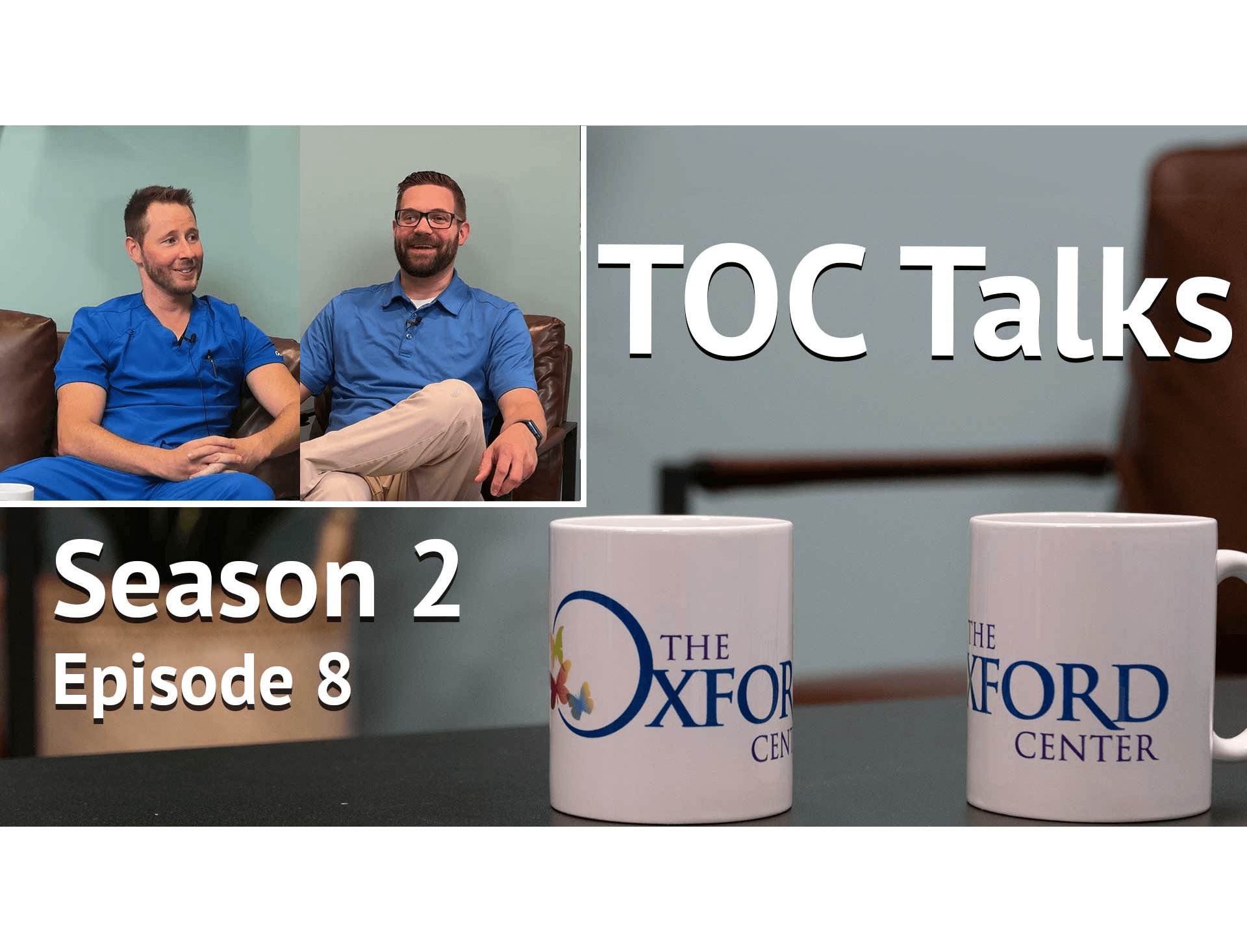
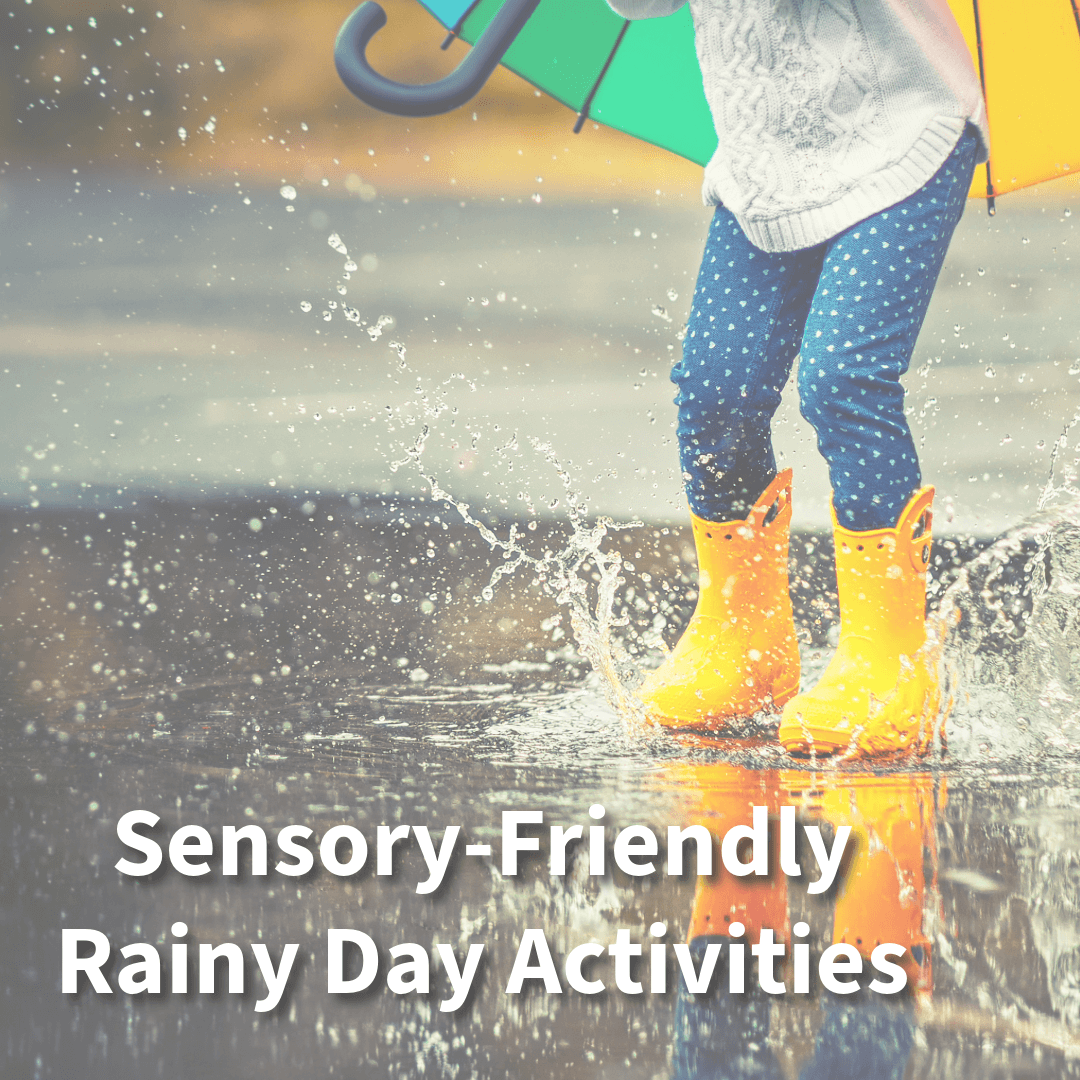
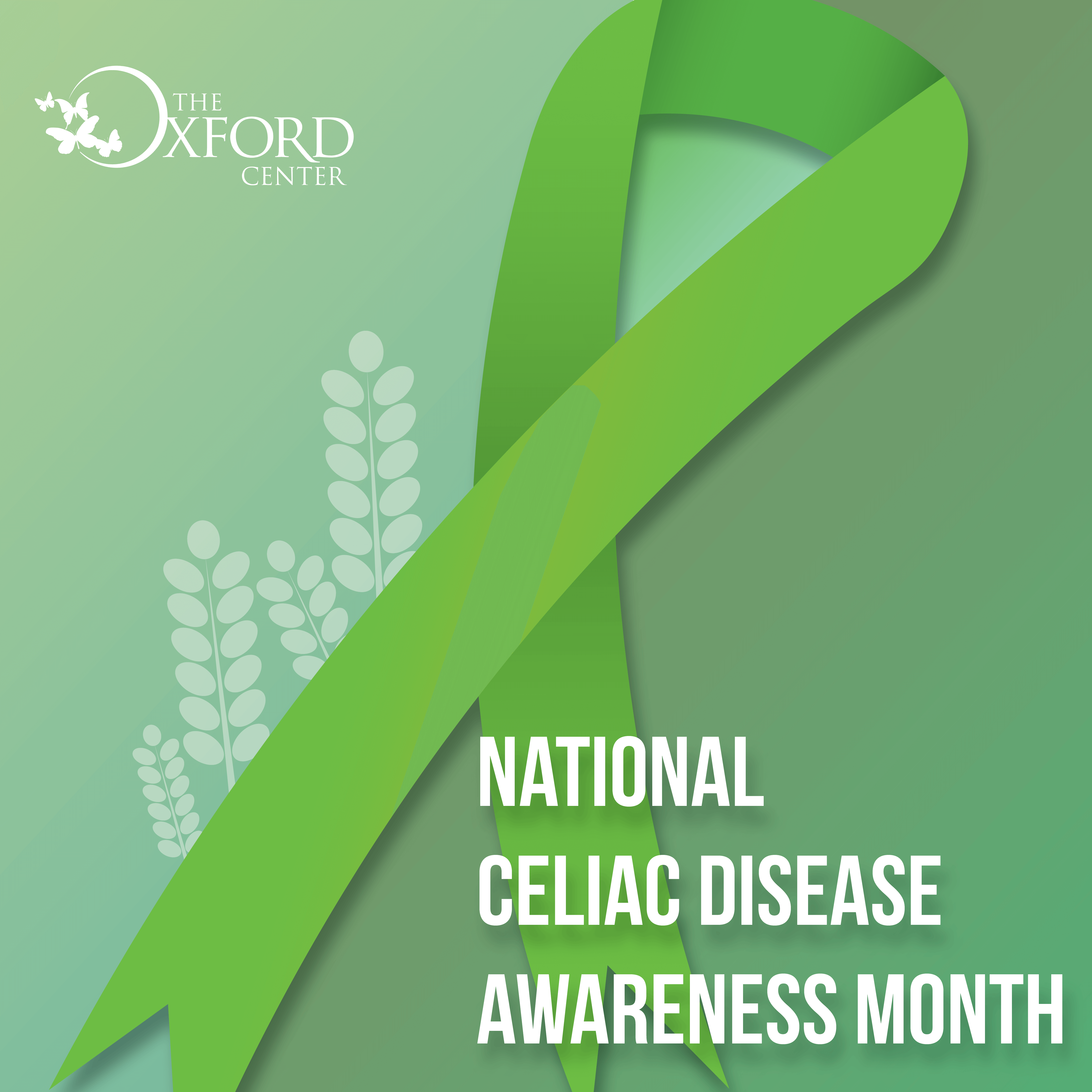



 Oxford Kids Foundation Recap!
Oxford Kids Foundation Recap!
 What’s New at The Village of TOC
What’s New at The Village of TOC Neuro Pilates with Brittany
Neuro Pilates with Brittany